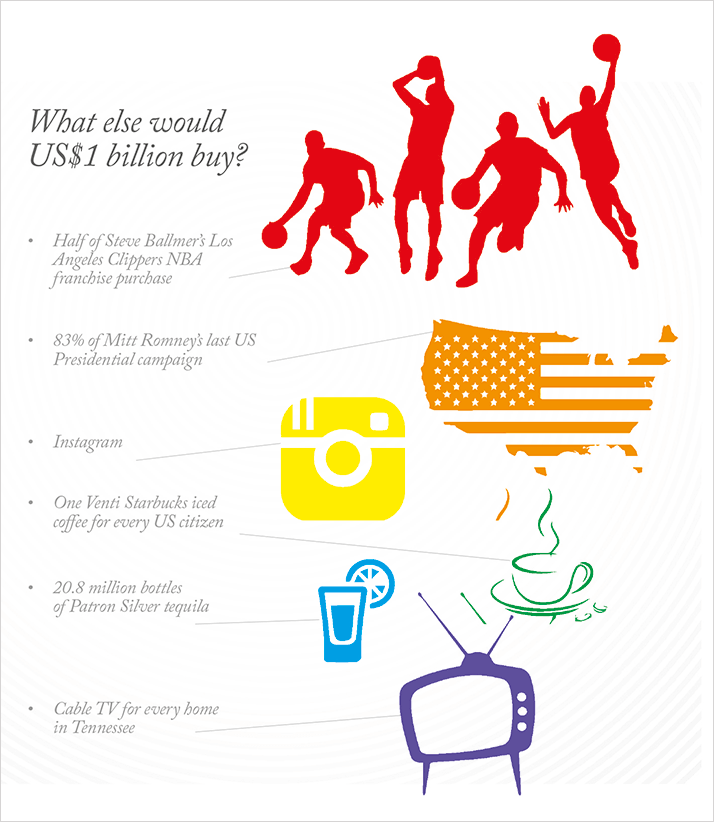
Platelet-derived growth factor (PDGF) is the enemy of sustained anti-VEGF therapy. PDGF activates cells called pericytes to proliferate and cover the new macular vasculature, protecting the vessels against the effects of anti-VEGF agents. Ophthotech's aptamer drug, Fovista, blocks PDGF. This disrupts the pericytes and strips them from the blood vessels, which are left vulnerable to anti-VEGF agents. That’s why Novartis has opened its wallet wide for the ex-US rights to Fovista: the world's third-biggest pharmaceutical company has just paid US$200 million upfront and, if all milestone payments are made, Ophthotech could earn US$1 billion.
Novartis already markets the anti-VEGF biologic ranibizumab (Lucentis), and a Phase IIb clinical trial has shown that the combination of Fovista and ranibizumab significantly improves visual acuity over treatment with the anti-VEGF agent alone (1). Ophthotech has committed to a Phase III clinical trial program that consists of three trials in patients with wet age-related macular degeneration. One of these pits Fovista against placebo, with both being administered in combination with bevacizumab or aflibercept (2), while the two others test the comparison used in the Phase IIb trial: ranibizumab plus Fovista or placebo (3,4). Many initially promising drugs have failed at Phase III, but Novartis appears to believe in Fovista, and it has cost them a fifth of a billion dollars to demonstrate it.
References
- Clinicaltrials.gov. A Safety and Efficacy Study of E10030 (Anti-PDGF Pegylated Aptamer) Plus Lucentis for Neovascular Age-Related Macular Degeneration. Accessed May 24, 2014.
- Clinicaltrials.gov. A Phase 3 Safety and Efficacy Study of Fovista™ (E10030) Intravitreous Administration in Combination With Either Avastin® or Eylea® Compared to Avastin® or Eylea® Monotherapy. Accessed May 24, 2014.
- Clinicaltrials.gov. A Phase 3 Safety and Efficacy Study of Fovista™ (E10030) Intravitreous Administration in Combination With Lucentis® Compared to Lucentis® Monotherapy. Accessed May 24, 2014.
- Clinicaltrials.gov. A Phase 3 Safety and Efficacy Study of Fovista™ (E10030) Intravitreous Administration in Combination With Lucentis® Compared to Lucentis® Monotherapy. Accessed May 24, 2014
